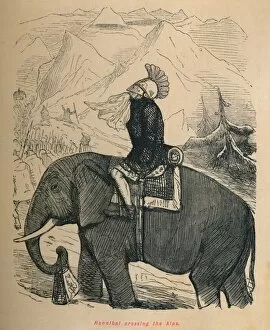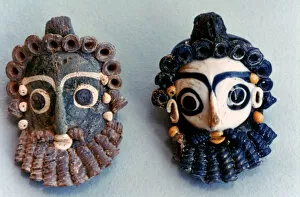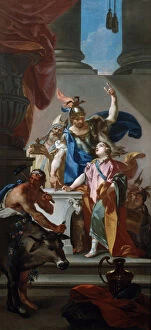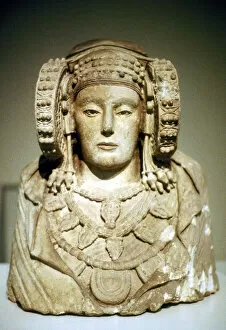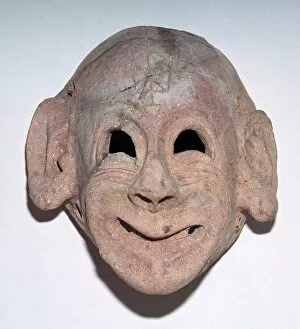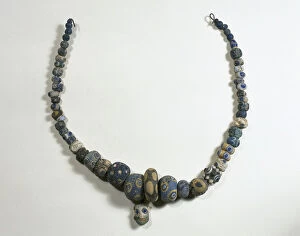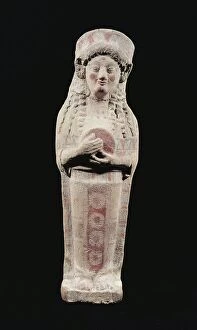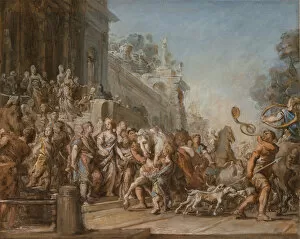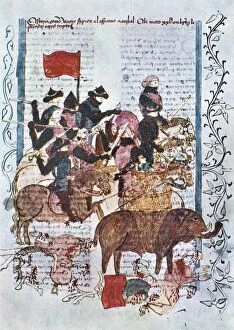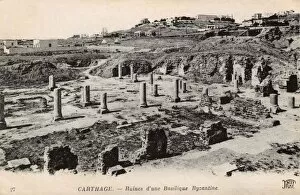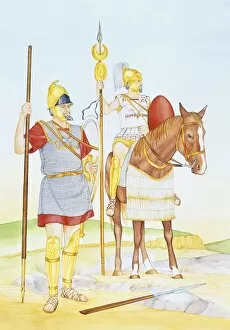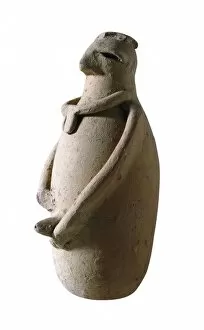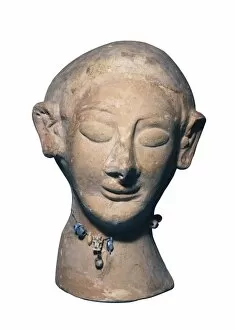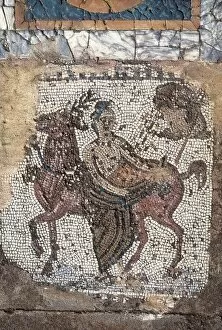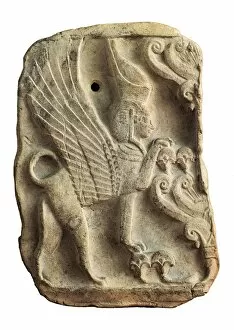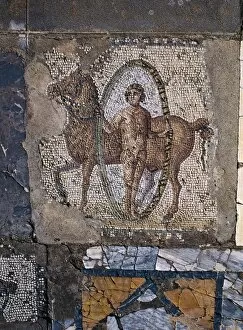Carthaginian Collection (#12)
"Carthaginian: A Legacy of Strategy, Art, and Conquest" The Battle of Cannae plan, 216 BC: Carthage's brilliant military strategy that crushed the Roman army
For sale as Licensed Images
Choose your image, Select your licence and Download the media
"Carthaginian: A Legacy of Strategy, Art, and Conquest" The Battle of Cannae plan, 216 BC: Carthage's brilliant military strategy that crushed the Roman army. Hannibal crossing the Alps: Defying all odds, Hannibal led his army and elephants through treacherous terrain to surprise Rome. Scipio Africanus meeting Hannibal at the Battle of Zama: Two legendary generals clash in a decisive battle that shaped history. Majestic bust of Hannibal in Naples: A testament to the enduring fascination with this Carthaginian military genius. Exquisite sculpture depicting goddess Tanit: Carthaginian art showcases their devotion to deities and intricate craftsmanship. Epic journey across the Alps with elephants: Hannibal's audacious feat still captivates our imagination today. Adventurous crossing of the Rhone River by Hannibal's forces: Overcoming natural obstacles on their path to victory. Byrsa Hill, a UNESCO World Heritage Site representing Carthage's ancient origins as a Punic stronghold. Salammbo, daughter of Hamilcar Barca – an illustration capturing the spirit and strength women during war times. Punic Wars' attack on Carthage & Sicily unfolds through captivating mosaics showcasing Roman artistic prowess early on. The story of Carthage is one filled with strategic brilliance, daring conquests, and rich artistic expression that has left an indelible mark on history.

